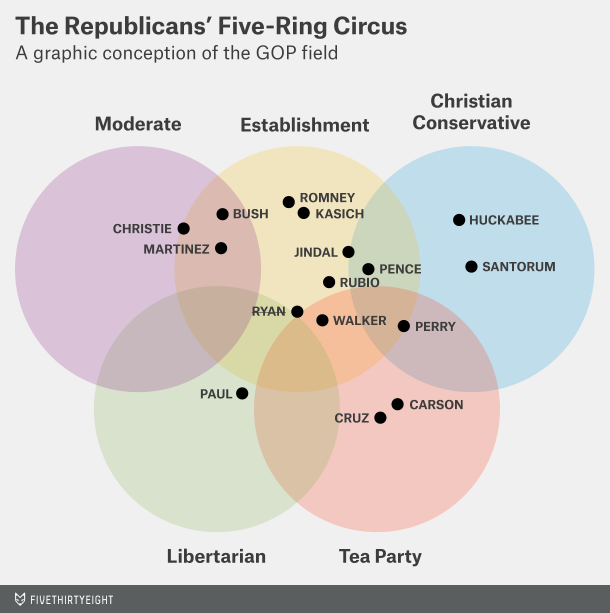Some Companies Reducing Hours Due to A.C.A.
One of the common Republican arguments against the Affordable Care Act was that it would harm employees. How? The law will eventually require employers (of more than 50 employees) to either provide health benefits to full-time workers (defined as working at least 30 hours/week) or pay a fine to the I.R.S. These incentives might cause employers to shed employees or reduce employee hours to get more workers under the 30 hour threshold, thereby limiting costs. (The Republican House recently voted to change the definition of “full-time” to forty hours, which might further increase this incentive to cut hours for practically full-time employees.)
FiveThirtyEight‘s Ben Casselman published a short article that partially confirms this outcome. Though the recent job growth has been in full-time jobs, which should lead to more people getting coverage, employers are simultaneously reducing the hours for some part-time employees, guaranteeing they are below the full-time threshold for the A.C.A. The economic consequences of the A.C.A. will be an important issue at least for the next several years.
Romney, the Republican Presidential Race, and Silver’s Five-Ring Circus
Nate Silver, honcho at FiveThiryEight, has an article on Mitt Romney’s possible impact on the Republican presidential race. In particular, I like Silver’s conception of the party’s five factions (Establishment, Moderate, Christian Conservative, Libertarian, Tea Party) that overlap to different degrees. He then plots the possible 2016 candidates on the diagram. Here are the results.
A couple of things to note. First, the other factions revolve around the Establishment, which serves a unique function of attempting to unify the other elements of the party. Second, I am not sure I agree that all the candidates are placed properly, but most approximations seem reasonable. For example, my guess is that Ben Carson would be in the overlap between the Tea Party and the Christian Conservatives. Third, if we take the diagram at face value, it stands to reason that candidates most able to appeal to multiple circles will be the most successful. Paul Ryan, Marco Rubio, and Scott Walker should be considered the most dangerous candidates because of their broad appeal (though Ryan has said he will not run).
One flaw quickly reveals itself. The assumption, at least graphically, is that the circles are equally shaped, implying a roughly similar distribution of voters or supporters or resources within them. My guess is that the Christian Conservative, Libertarian, and Tea Party circles are too large, while the Establishment circle, at least in terms of influence and money, is likely too small.
One question for you: where would put George W. Bush or Reagan on this diagram?
Glitter Bomb for $8
Apparently, Ship Your Enemies Glitter will send those you dislike a glitter bomb for a mere $8. A bargain, I think, yes?
Boehner Poison Threat
The strange story of the day is a local one. John Boehner’s (R-OH) former country club bartender has been indicted for plotting to poison the Speaker of the House. No word on the bartender’s partisan affiliation.

 Bert Wheeler
Bert Wheeler
 Jeff Haymond
Jeff Haymond
 Marc Clauson
Marc Clauson
 Mark Caleb Smith
Mark Caleb Smith
 Tom Mach
Tom Mach